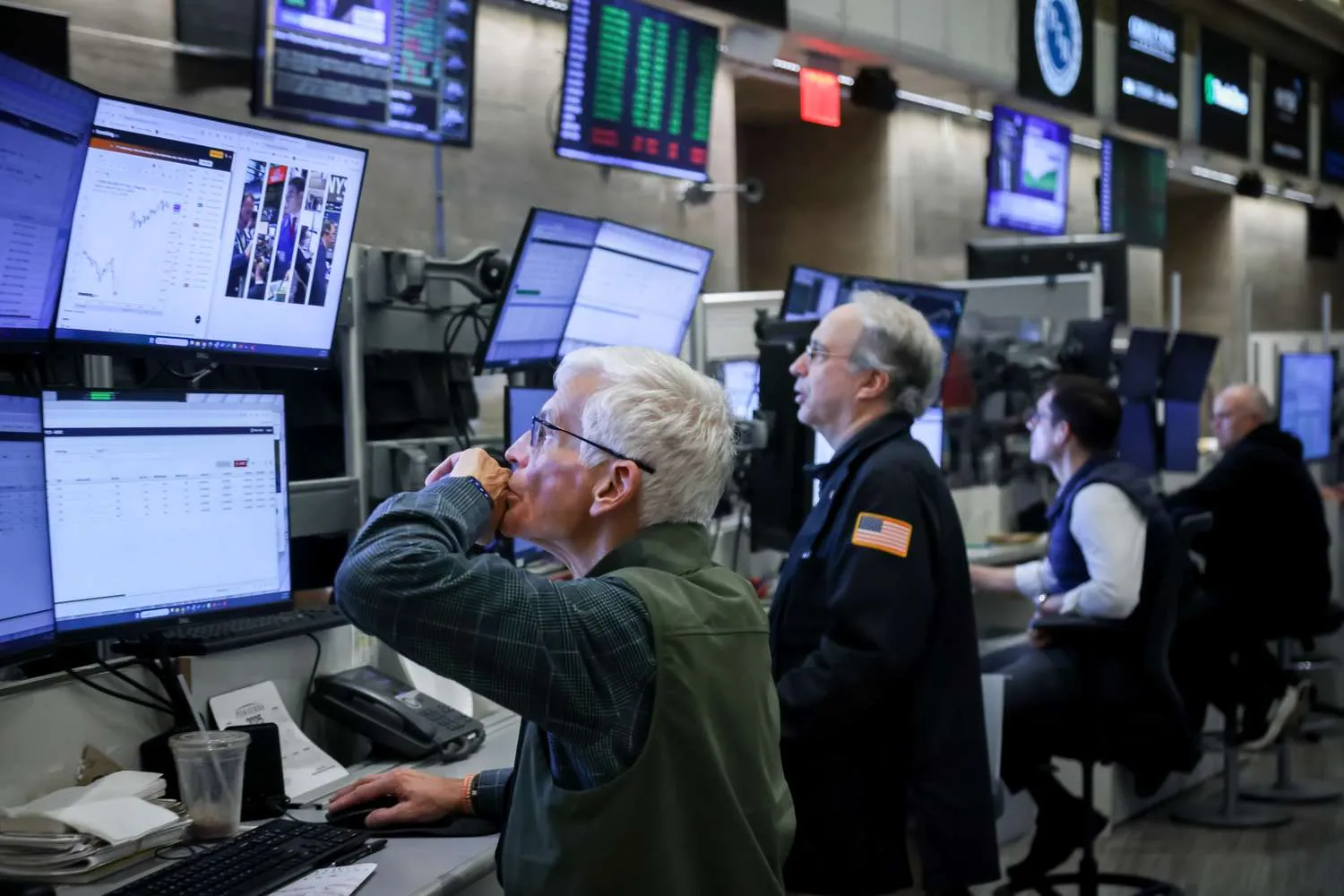Fed Faces Tough Call on December Rate Move Despite Potential Shutdown Resolution
Federal Reserve officials were forced to make their latest interest-rate decision without the benefit of key economic data, as the ongoing U.S. government shutdown halted the release of major reports. When the data eventually becomes available, it’s unlikely to make the Fed’s next decision any easier.
Friday marks the second consecutive month without a national employment report, with federal agencies that publish economic statistics still offline. Even if the government reopens soon, the data released afterward will be based on retroactive surveys, reducing their reliability and usefulness.
Economists warn that as the shutdown drags on, some October figures on jobs and inflation might not be published at all. This growing uncertainty complicates the debate within the Fed over whether the labor market is cooling quickly enough to justify another rate cut in December an issue that has already divided policymakers.
“This could deepen the split,” said Michael Reid, senior U.S. economist at RBC Capital Markets. “The credibility of government data will come into question.”
Fed Chair Jerome Powell previously managed to secure consensus among the Federal Open Market Committee (FOMC) for an October rate cut despite the limited data available. Yet he cautioned that repeating such a move in December would not be as straightforward. That caution has since been echoed by several Fed officials, who have unusually voiced their opinions about the upcoming policy decision weeks in advance.
In October, policymakers had access to updated inflation figures but lacked the latest employment data. The situation could be reversed for the Dec. 9–10 meeting assuming the government resumes operations before then. In theory, that would give the Fed better insight into the labor market, which Powell has emphasized as central to the rate-cut debate. The previous cuts in September and October were largely driven by concerns that a summer hiring slowdown signaled overly tight monetary policy.
On Oct. 29, Powell noted that for some committee members, it may now be time to pause and assess whether the labor market truly faces significant downside risks.
However, interpreting the forthcoming October jobs report originally due Friday will be challenging. Any uptick in unemployment could partly reflect temporary layoffs of federal workers, making the data difficult to interpret. Some economists even suggest that the unemployment rate might not be released at all.
The report, based on the week that includes the 12th of each month, draws from two key surveys conducted by the Bureau of Labor Statistics (BLS): one of employers for nonfarm payroll data and another of households for the unemployment rate. While employers typically maintain and can submit payroll information online, contacting workers who are usually interviewed in person or by phone poses a tougher challenge. They would need to recall their exact employment status from several weeks ago, which can introduce errors.
“The longer the delay, the less reliable the responses become,” BNP Paribas Senior U.S. Economist Andrew Husby wrote in a note to clients. “It’s possible that the BLS could skip collecting October data altogether and focus on November, meaning we may never see an official October unemployment rate.”
Even if a jobless rate is eventually published, isolating the true economic signal from the one-off effects of the shutdown will prove contentious. If all 650,000 furloughed federal workers are counted as unemployed on temporary layoff, the jobless rate could rise by roughly 0.4 percentage points, according to the Congressional Budget Office.
With the shutdown now entering its sixth week, it’s also increasingly likely that the BLS won’t release an October consumer price index (CPI), economists say. The CPI relies heavily on in-person visits to stores nationwide. While the agency recalled staff earlier to produce the September report needed for the Social Security cost-of-living adjustment it has not published any new data since the shutdown began on Oct. 1.
Missing or unreliable economic data will likely harden the divide among Fed officials: those concerned about weakening job growth will favor more cuts, while those focused on inflation risks will argue for patience. For now, futures markets suggest investors expect the dovish camp to prevail, with odds leaning toward a December rate reduction.
Supporters of additional easing point to private-sector hiring data from ADP, which showed that job growth remained subdued in October and largely concentrated in education and health services. Conversely, Fed officials watching weekly unemployment claims still tracked by state agencies despite the shutdown note that there has been little sign of widespread job losses.
Inflation figures are harder to substitute, as few private-sector indicators match the scope and credibility of the government’s consumer price data.
Without official reports, investors in the $29 trillion Treasury market have had to rely on a patchwork of private surveys and research from firms like ADP Research, Challenger, Gray & Christmas Inc., and Revelio Labs often sending bond yields in conflicting directions.
These inconsistent signals highlight the difficult landscape facing both policymakers and investors, said Ed Al-Hussainy, a portfolio manager at Columbia Threadneedle Investments. “The gold standard remains unemployment insurance claims and the official jobless rate,” he noted, “but until the data returns, everyone’s flying a bit blind.”

Subscribe to our newsletter!
As a leading independent research provider, TradeAlgo keeps you connected from anywhere.








